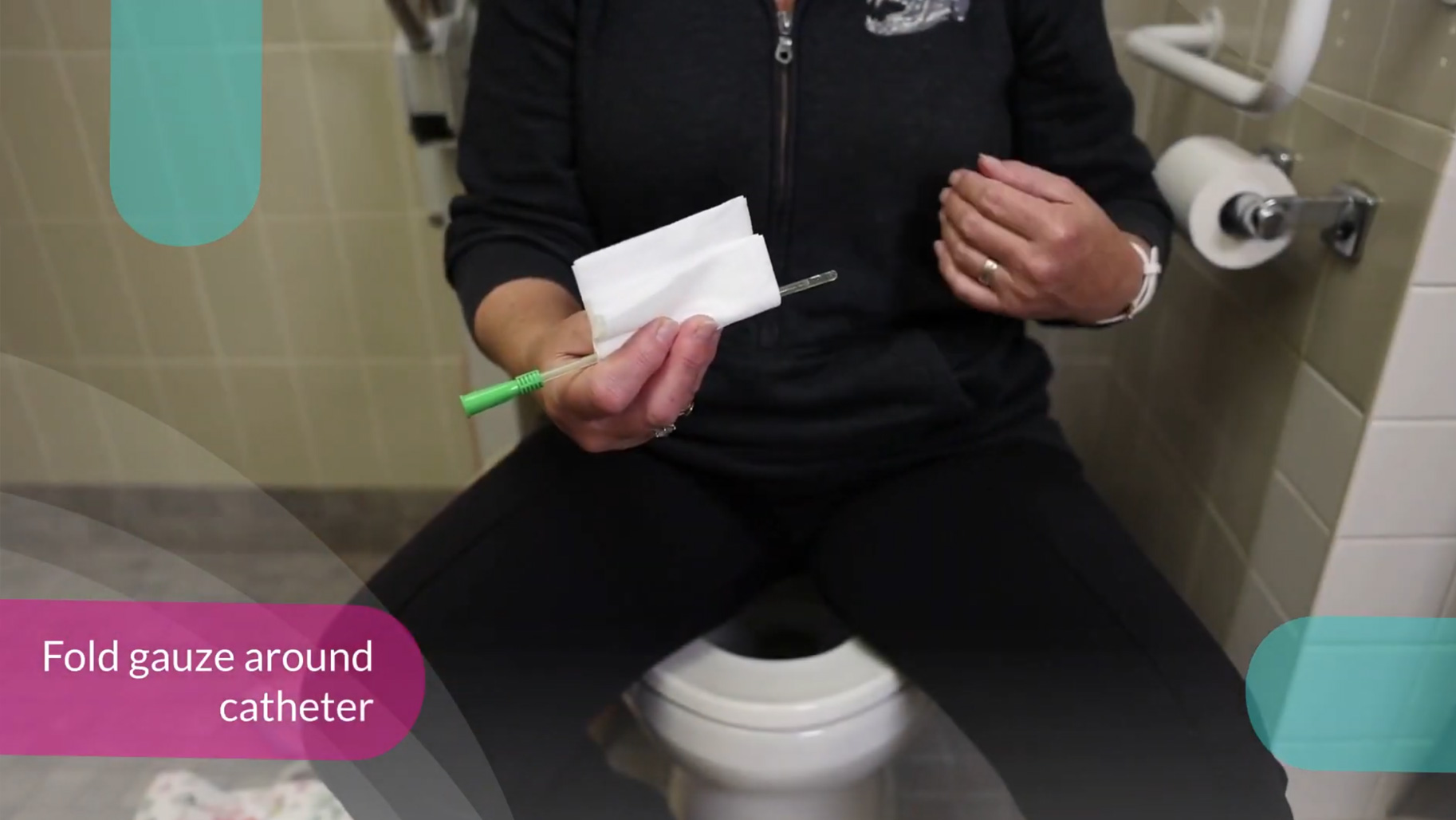If you ask anyone who’s been using an intermittent catheter for a while they’ll probably tell you there was at least a thing or two about doing intermittent catheterization they learned the hard way. Either because they didn’t know enough about self-catheterization or because of all the myths and misconceptions.
The good news is we’ve recruited some experts to share their insights with you here. People with lots of lived experience, and a healthcare professional who supports people who are self-catheterizing. So let’s join our experts out in the real world to learn about some myths and misconceptions and some great facts too.
Myth Number 1: If you can pee without using a catheter you don’t need to do an IC. This is a myth. Being able to void by yourself it is a good sign that the bladder is able to contract. However, many people cannot empty their bladder completely, and any urine left in the bladder can lead to infections.
Myth Number 2: Women can’t use male catheters. That’s a myth. Jaspreet uses what’s called a male catheter because it’s longer. She has an easier time catheterizing with a long catheter while sitting up. This makes it easier to catheterize and use the washroom while she’s out.
Myth Number 3: Using an intermittent catheter will lead to incontinence This is a myth. Some people have what’s called a high-pressure bladder; where their bladder will leak when it reaches a certain pressure, when it fills to a certain volume; but everyone’s volume is different. There are medications you can talk to your healthcare team about, which can help reduce this pressure and prevent leaking. Some people also find that when they have a urinary tract infection – a UTI – they will start leaking. But not everyone experiences the symptom.
Myth Number 4: Using an intermittent catheter will cause urinary tract infections (or UTIs) in women. Using catheters does increase your risk for UTIs, but there are things you can do to reduce this risk, like washing your hands before you catheterize, using clean supplies and emptying your bladder regularly. Hannah says we do want you to monitor for UTIs and talk to your healthcare team when you’re concerned. But we only want you using antibiotics to treat a UTI if three things are true: if you tested positive for bacteria in the urine, if you have a symptom of a UTI, and if you have a temperature greater than 37.6 decrees celsius.
Myth Number 5: If you push the catheter in as far as it will go it will get all the pee out. This is a myth. When doing an IC you should insert the catheter until the urine begins to flow, and then insert it another 1 to 2 cm unless you feel any resistance.
Myth Number 6: The only way to do an IC is with your clothes off, lying down in a bed. That definitely is a myth. You do not need to be lying on your bed. You could be sitting on the toilet, sitting on a commode, or you could stay in your wheelchair. The question you need to ask yourself is, how am I going to get the access to my pubic area to cleanse and to insert a catheter? There is really no one right way to do this. It’s a matter of trial and error, what your physical abilities are, and what your comfort level is for your lifestyle.
Myth Number 7: IC’s are painful; even if I don’t have sensation it must be hurting me. Doing an IC might be a little uncomfortable or feel strange, but it shouldn’t be painful if done using the proper technique. This includes, using the right size catheter, taking it slowly, making sure the catheter is well lubricated, and becoming familiar with your own anatomy.
Myth Number 8: You cannot do an IC when you’re on your period. That’s a myth. Catheter use during menstruation is safe and no major changes or techniques are needed.
Myth Number 9: If I have to do an IC my life is ruined. Michel is here to bust that myth, and tell you that learning to do an IC allowed her to be able to maintain full independence to do and see the things that mattered to her. For Michel, learning to do ICs was a blessing in her life.
Myth Number 10: Everybody’s experience self-catheterizing will be exactly the same. This is another myth. Your experience doing ICs will depend on your physical ability, your hand dexterity, and your location. If you watch this video series you will see that everyone has slightly different anatomy, and there are lots of different methods that people have developed.
In this video we’ve tackled some common myths and misconceptions about catheterization. We wanted you to know, if done properly, using a catheter does not have to be an uncomfortable, messy or limiting experience for people with female genitalia. The bottom line is learning to properly self-catheterize can help support you in enjoying an active and social lifestyle. Catheterization can be done in various positions and locations. Work with your healthcare team to learn more about that, and be sure to watch the self-catheterization demos in this series for more tips and ideas.





